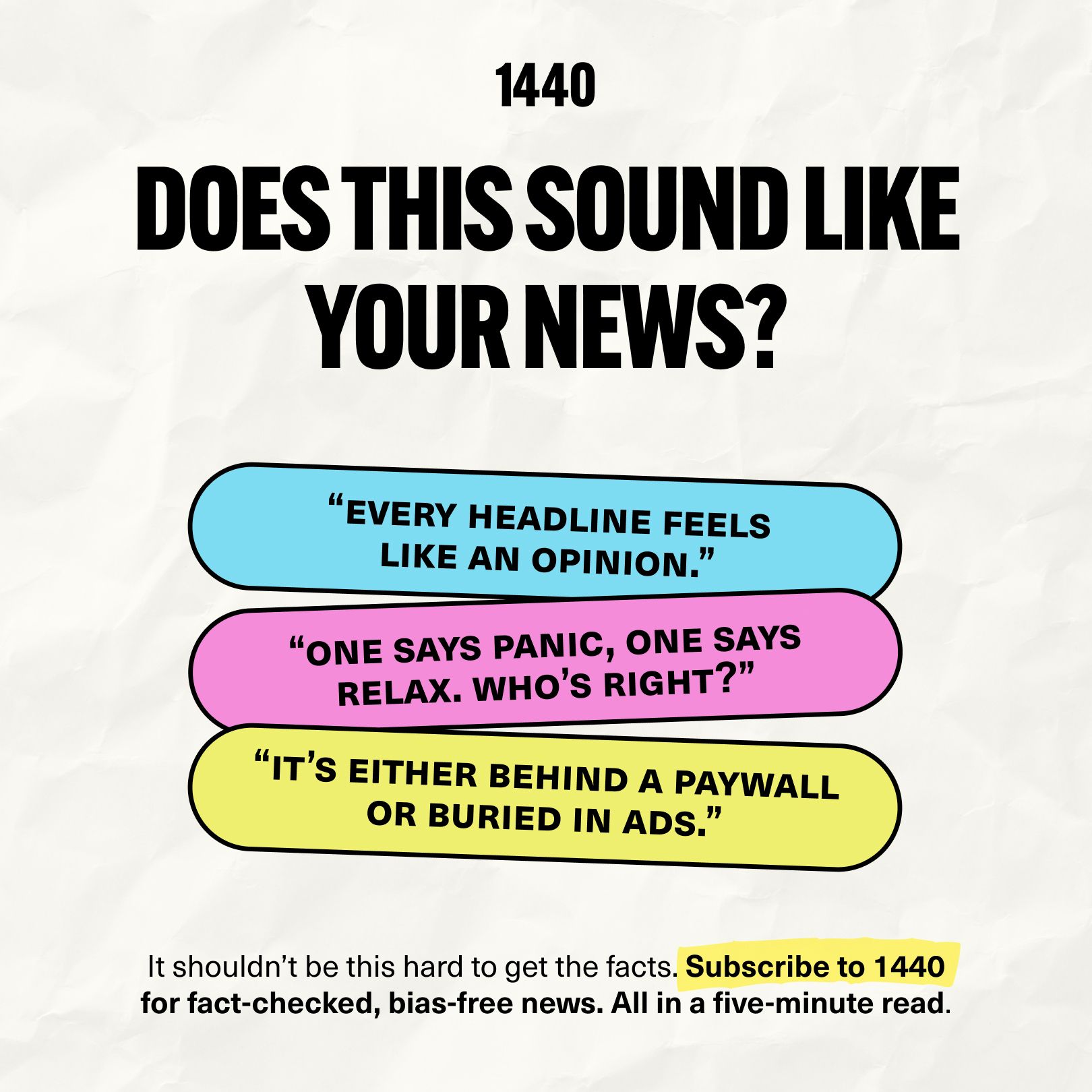- Crypto Club 23
- Posts
- 📊 What Makes a Coin Valuable + How to Read Crypto Charts
📊 What Makes a Coin Valuable + How to Read Crypto Charts
Looking for unbiased, fact-based news? Join 1440 today.
Join over 4 million Americans who start their day with 1440 – your daily digest for unbiased, fact-centric news. From politics to sports, we cover it all by analyzing over 100 sources. Our concise, 5-minute read lands in your inbox each morning at no cost. Experience news without the noise; let 1440 help you make up your own mind. Sign up now and invite your friends and family to be part of the informed.
If you’ve ever asked yourself, “Why does this coin pump?” or “How can I know when to buy or sell?” — then you’re about to learn two of the most important skills in crypto: understanding tokenomics and reading candlestick charts.
🔹 Part 1: What Makes a Coin Valuable? (Tokenomics Explained)
Before you invest in any coin, ask this simple question: What gives it value?
Here are the core things to check:
Supply & Demand
Just like gold, scarcity creates value. A coin with a limited supply (like Bitcoin’s 21M cap) is more likely to grow in value if demand rises.
Compare that to a coin with trillions in circulation — it’s harder for the price to move significantly.
Utility (Real Use Cases)
Ask yourself: What does this coin actually do?
Examples: ETH is used for gas fees, LINK connects smart contracts to real-world data, stablecoins are used for payments. If people need to use it, demand goes up.
Burn Mechanisms & Inflation
Some coins burn tokens (permanently remove them from supply) — like BNB or ETH after EIP-1559. This creates scarcity over time.
On the other hand, coins with unlimited inflation (always minting more supply) often struggle to hold value.
Real-World Adoption
Partnerships, government approval, and integrations with businesses give a coin credibility.
Example: Stablecoins being used for remittances in Africa and Latin America.
👉 Tip: Always research a coin’s tokenomics before buying. If supply is unlimited, utility is weak, and adoption is zero, that’s a red flag.
🔹 Part 2: How to Read a Crypto Chart (Candlesticks 101)
Now that you know why a coin can rise in value, the next step is knowing when to buy or sell. That’s where candlestick charts come in.
The Basics of Candles
A green candle = price went up during that time.
A red candle = price went down during that time.
The body of the candle shows the opening and closing price.
The wicks (shadows) show the highest and lowest price reached.
Trends Matter
If you see multiple green candles going higher = uptrend.
If you see multiple red candles going lower = downtrend.
Sideways candles with small bodies = consolidation (the market is waiting).
Volume Confirms the Move
A big green candle with high trading volume = strong bullish signal.
A green candle with low volume = might be a fakeout.
Simple Patterns for Beginners
Doji Candle: Small body, long wicks = market indecision (trend may change soon).
Hammer: Long bottom wick, small body at the top = buyers are pushing back (possible reversal upwards).
Shooting Star: Long top wick, small body at the bottom = sellers taking control (possible reversal downwards).
🔹 Connecting the Dots: Tokenomics + Candlesticks
Tokenomics tells you if a coin is worth holding long-term.
Candlesticks tell you when to enter or exit short-term.
💡 Example:
If you research a coin and see:
✅ Strong tokenomics (limited supply + high utility + adoption)
✅ Then check the chart and notice a hammer candle after a dip + high volume
That’s a powerful signal the coin might be worth buying — because the fundamentals (tokenomics) and technicals (chart patterns) agree.
Missed the Market’s Big Moves?
The market moves fast - we make sure you don’t miss a thing.
Elite Trade Club delivers clear, no-fluff market intel straight to your inbox every morning.
From stocks to big-picture trends, we cover what actually matters.
Join 100,000+ readers who start their day with the edge.
🔥 Coin to Watch This Week: Optimism (OP)
Layer 2 scaling is where the money is flowing. Optimism (OP) is one of Ethereum’s strongest Layer 2 projects—reducing fees, increasing speed, and gaining developer adoption fast.
Why OP?
✅ Backed by Ethereum’s ecosystem
✅ Strong partnerships (Coinbase, Base)
✅ Token utility tied to governance & future upgrades
Currently, OP is trading sideways, but accumulation is happening. If Ethereum rallies, OP could ride the wave big time.
🕰 Lesson in Crypto History: The Mt. Gox Collapse
In the early days of Bitcoin, one exchange stood above all others: Mt. Gox. Founded in 2010, it quickly became the largest Bitcoin exchange in the world, handling over 70% of all BTC trades by 2013.
But in 2014, disaster struck. Hackers exploited security flaws, and the exchange lost a shocking 850,000 BTC (worth around $450 million at the time, now tens of billions). The company filed for bankruptcy, and thousands of users lost their funds.
This event was one of the darkest chapters in crypto history. It nearly destroyed public trust in Bitcoin and served as a brutal reminder of how risky centralized exchanges could be.
🔑 Key Lessons We Still Carry Today:
Not your keys, not your coins. Always store long-term holdings in your own wallet.
Centralized exchanges are vulnerable. Hacks, mismanagement, or government crackdowns can wipe you out overnight.
Regulation followed. The Mt. Gox collapse accelerated conversations around crypto security, compliance, and exchange oversight.
Even though the industry has grown massively since then, the Mt. Gox story is still cited whenever new traders forget the risks. In fact, as of 2024–2025, the long bankruptcy process is still ongoing, with some creditors finally receiving partial repayments.
👉 Moral of the story: Crypto rewards the informed and punishes the careless.


